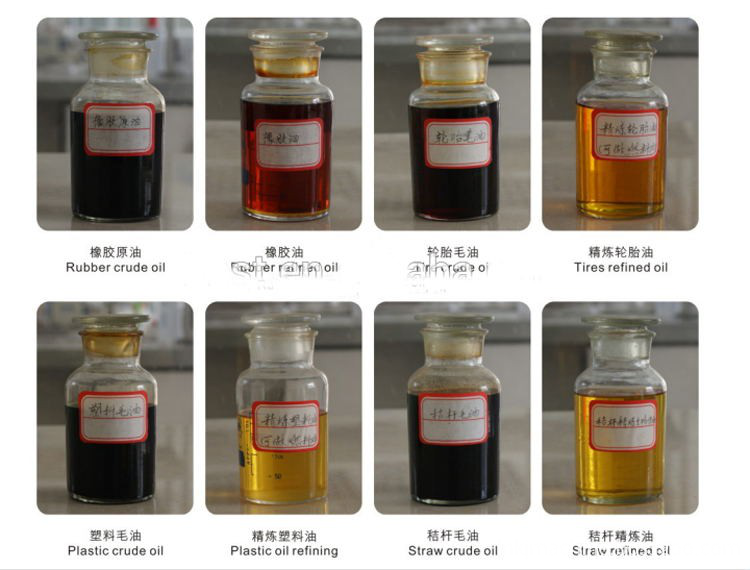Application of Spectrophotometer in Seafood
Prawn's economic value and nutritional value are high and it has always been loved by people. With the increase in demand for shrimp products at home and abroad in recent years, rapid development of the shrimp aquaculture industry has been promoted, the aquaculture area has been continuously expanded, and the production has increased year by year. In the domestic market, the difference in shrimp per kilogram of freshness is around RMB 10, and the difference in the price of exported products is even greater. The overall price of China's shrimp exports is low, and it is plagued by anti-dumping problems. The reason is that the quality of shrimp products in China is not too rigid. There is no quality evaluation index and a complete quality evaluation method. Mixed-stock products of different quality shrimp products are mixed and sold, resulting in shrimps. The product price and quality are not well linked.
The appearance of shrimp quality classification and quality classification can intuitively reflect the external quality of the product. In particular, luster and color not only affect people's preferences, but also reflect the quality of the product to a certain extent. For example, the change in color of shrimp is related to the difference in quality. The fresh shrimp body is full of luster, the body surface texture is clear, and the skin is Blue-gray, translucent; fresh shrimp body color gradually becomes translucent, the shell becomes red or black. The sensory evaluation method can reflect the characteristics of the product in the most direct way. However, the evaluation result is inevitably subjective and it is a fuzzy assessment of quality and cannot be accurately quantified.
The Institute of Fisheries Research has studied a computer vision-based shrimp quality assessment system and hopes to research and develop a shrimp packaging and grading system that uses computer vision instead of manual operations to classify and package shrimps. The aim is to provide reference for the promotion of the quality evaluation of Chinese aquatic products and the standardization and rationalization of the grading system. The CS-660 Spectrophotometer was used in the experiment.
.jpg)
CS-660 spectrophotometer
During the storage of aquatic products, the apparent color changes in brightness, lightness, and purity, and this change trend has a good correlation with the sensory changes of the product. In European aquatic product quality inspection, the CIELab system is often used to perform colorimetric measurements on samples, which are described in three-dimensional coordinate systems of light-dark, yellow-blue, and red-green properties. The researchers used the CIELab system to measure the color of cooked shrimps. The central position of the first section of the chest of the shrimp was selected and measured with a color spectrometer CS-660 spectrophotometer. The color value was evaluated using the L value (brightness index). The CIELab system's spectrophotometric colorimeter was also used to measure the color change of frozen shrimp shrimp shells and shrimp meat under different storage conditions. The results of the experiment are shown in the following table:
Table I Analysis of color characteristics of shrimp .jpg)
Note: The statistical difference between the values ​​of the same row with different letters is significant (P<0.05). n=10; x ±SD
The experimental results show that the change of b-value (yellow-blue color index) has good correlation with sensory evaluation. Analysis of shrimp samples of different culture modes showed that L was in good agreement with sensory evaluation, a (red-green product index) and b had a reference effect on quality assessment.
Hierarchical elements should select product feature elements that are closely related to quality quality and can be accurately and uniformly measured, interpreted and identified. In the future research on the grading system of prawns, based on the sensory evaluation, the introduction of colorimeter, spectrophotometer and other detection and analysis technologies can quantitatively analyze the product quality. This can, to a certain extent, compensate for the lack of subjectivity of the sensory evaluation method, and provide a reference for the overall evaluation of the quality of aquatic products.
oil sludge is one of the main pollution resources.
Lanning waste oil sludge machine specilized on processing waste oil sludge
with speicial paintings preventing the troubles to clean the reactor.
the main process is that by heating the reactor directly, oil sludge will be pyrolysised into oil gas;
condensers or cooling pipes will cool the gas down into liquid oil with the help of recycling water;
then the rest gas which could not be cooled down into liquid oil will be recycled into reactor heating system; after oil gas coming out completely, stop heating the reactor, and cool down reactor below 70 degrees; then can open the door and discharge carbon black automatically...
there are models with capacities from 5tons to 20tons per batch
LN-2200-6000 capacity of 5-6ton
LN-2200-6600 capacity of 7-8ton
LN-2200-8000 capacity of 9-10ton
LN-2600-6600 capacity of 10-12ton
LN-2600-8000 capacity of 12-14ton
LN-2800-6000 capacity of 10-12ton
LN-2800-6600 capacity of 12-14ton
LN-2800-8000 capacity of 15-20ton

Oil Sludge Pyrolysis Machine,Pyrolysis Oil Refinery Machine,Pyrolysis Oil Distillation Machine,Automatic Pyrolysis Oil Distillation Machine
Henan Lanning Technology Co., Ltd , https://www.lanningrecycling.com